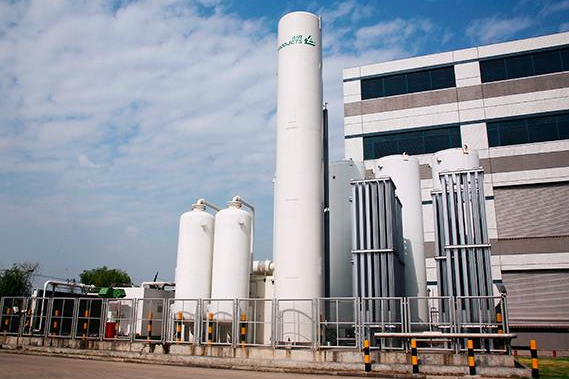Nitrogen FAQs
Is my gas purity adequate for my process?
Industrial gases (such as nitrogen, hydrogen, and argon) for furnace atmospheres are characterized by their very high purity (>99.995%). Typical impurity levels are much less than 10 parts per million by volume (ppmv) oxygen and less than 3 ppmv moisture (<– 90° F dew point). This purity is typically adequate for many processes involving a wide array of materials. Some materials, though, due to their high reactivity, may require additional purification to reach even lower levels of impurity, especially with gases supplied via bulk or tube trailer supply modes. Some facilities install in-line purifiers as an added precaution against impurities picked up from the houseline. In-line purification typically involves the removal of oxygen and moisture. Sometimes with argon supply, it is necessary to remove trace nitrogen impurities. The choice of purifier is dependent on the gas and the type and amount of impurities to be removed.

